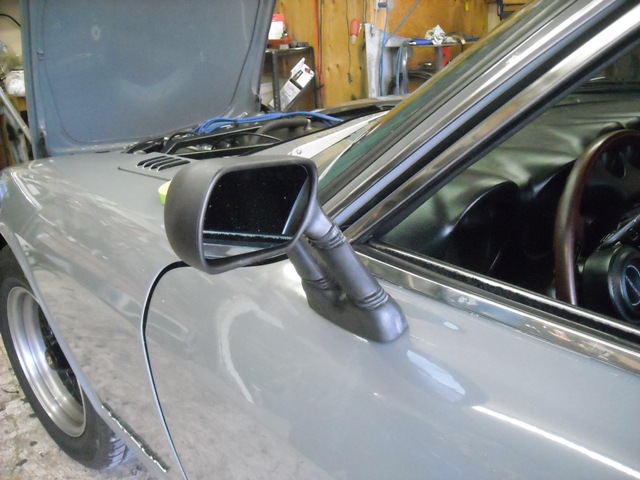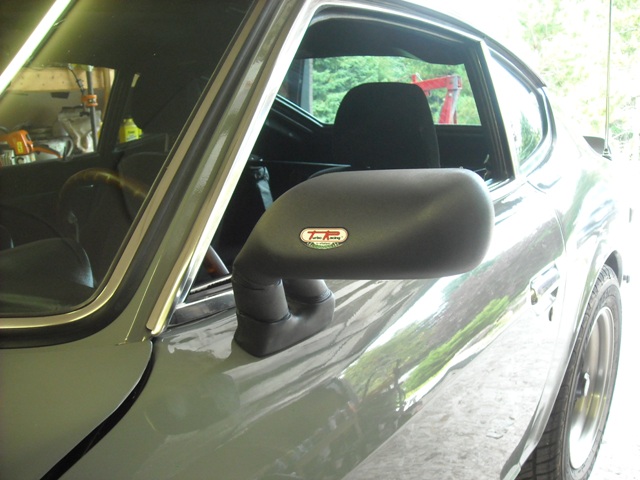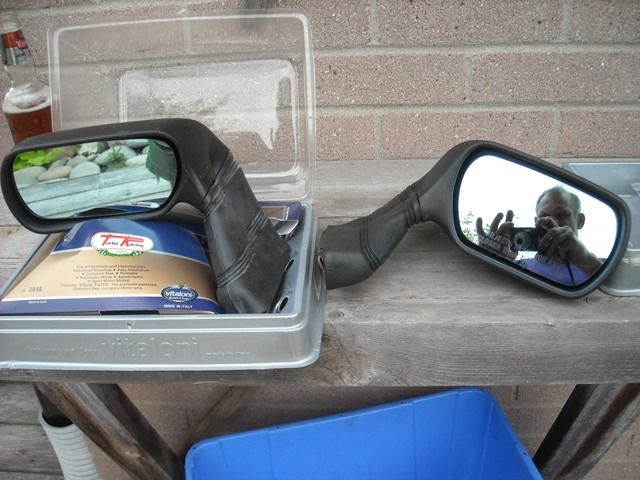Yup, you can cut that top emitter off with no problem. Take a look at my crude hand drawn schematic and you'll see that the five emitters are actually in five parallel paths with current limiting resistors for each path. Taking the top emitter off just removes one of those parallel paths.
Here's what I did for cutting down the brightness. Start with this:
Desolder the center (positive) connection and the base comes off. If the glue bond hasn't already been broken, you will have to break it. But pull/twist, and the base comes off:
Unbend the negative lead and pull off the white plastic ring. Same thing goes for the glue here. It's supposed to be glued on, but the quality of the bond is usually pretty poor and it comes off easily:
I shortened the length of the positive lead and attached a resistor. The resistor in the pic is 270 Ohms, but I have since changed to a 240 Ohms to make it just a little brighter. I like my dash dim, so the fine tuning of the value is left to the individual:
Slip the plastic ring and the base back on, feeding the resistor lead out the hole in the bottom. Solder up that center connection, clip off the excess, and you're done. Here's what it looks like before you solder the resistor lead:
When you're done done, it looks like it did before you started. I didn't glue any of them together yet until I'm positive I like the resistor value I picked, but it's a simple matter to unsolder and resolder that center connection. I'm going to get the whole project done and then glue them up.
About the green lens? I wanted white, so I just removed the lenses and tossed them in a baggie. If you wanted green, I think you can get the tower versions in green, can't you? Is that "too much" green maybe?
 Subscriber
Subscriber 2Points11,136Posts
2Points11,136Posts











